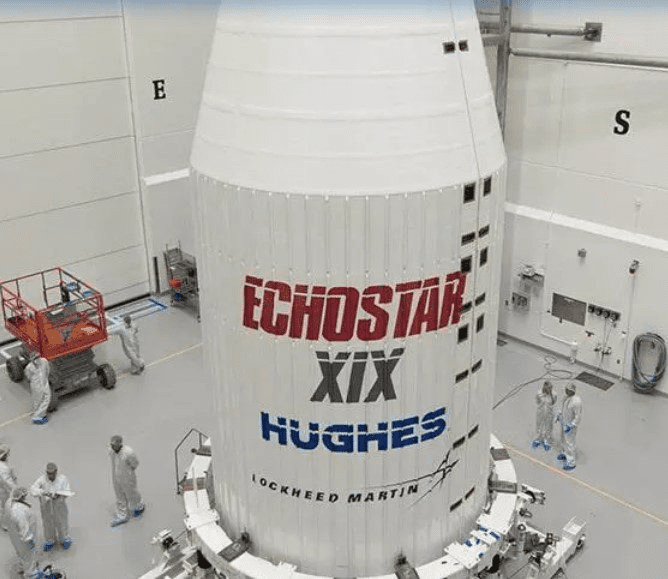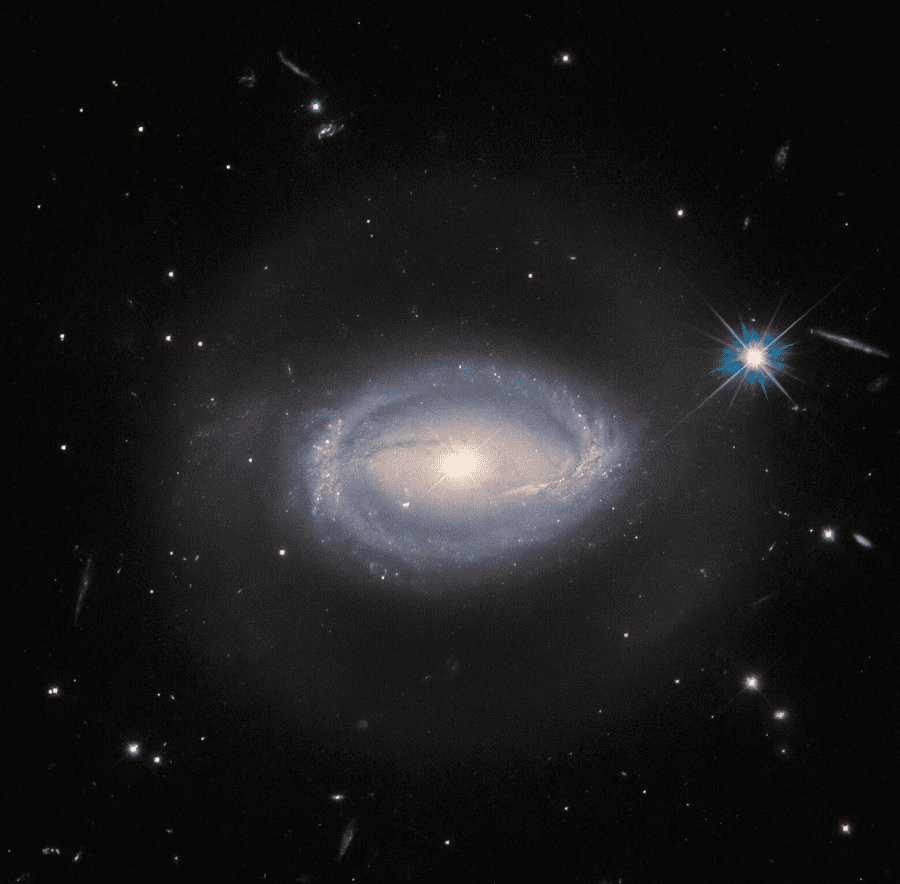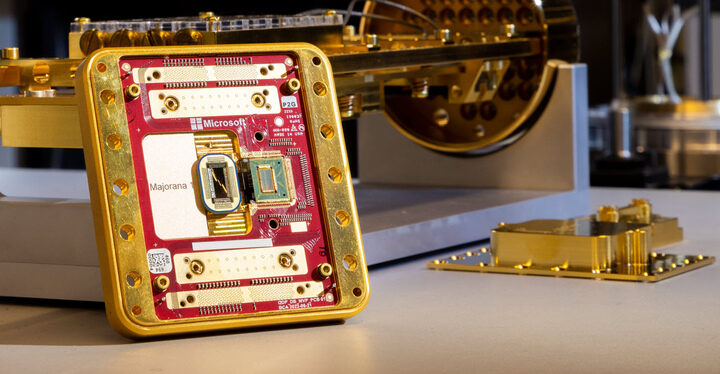A satellite from Hughes, a geostationary communications satellite built by Maxar Technologies, is to be launched into orbit to provide broadband services to rural areas, by SpaceX Falcon. Satellite-based internet access has been provided by Hughes, for years with its Jupiter 1 & Jupiter 2 satellites, but their data transfer speeds have been capped at 25 Mbps for downloads & 3 Mbps for uploads. It’s scheduled to launch Jupiter 3 from Cape Canaveral in the second quarter, which will let Hughes offer plans with 50 Mbps & 100 Mbps speeds to customers in North America later this year.
The size of the satellite is that of a standard school bus, & weighs nine metric tons, & it is designed to offer 50 gigabits per second Ka-band capacity for North & South America. The satellite Jupiter 3 is likely to fly in the second quarter of this year. Jupiter 3, after commissioning, will begin providing service at 95 degrees west in the third quarter.
With Jupiter 3, HughesNet will be able to add hundreds of thousands of additional subscribers. Thus, Jupiter 3 is an emblem of the importance of space in satisfying our need for data. Broadband is most easily delivered in areas with high population density, but for the millions of people who live elsewhere, satellites are an increasingly viable technology to get to the net.
Today, a lot of broadband satellite activity focuses on “constellations” of spacecraft orbiting relatively close in Low Earth Orbit, or LEO. Although Jupiter 3 will park much higher in geostationary orbit, also called geosynchronous equatorial orbit. Satellites stay at a fixed point in the sky as viewed from the surface of the Earth, in that prime real estate in space.
Hard-to-obtain regulatory approval is required for each GEO (Geosynchronous Equatorial Orbit) parking space, & Jupiter is replacing an older communications satellite to get its spot. Owing to the COVID-19 pandemic, manufacturing took longer than expected & extensive nonrecurring engineering work. An increasing demand is being seen by Hughes for data & high-speed connectivity from customers working from home, accessing education from home, & relying on e-commerce for deliveries.
According to Adrian Morris, Hughes Network Systems Executive Vice President of Engineering, Jupiter 3 “will double the Echostar-Hughes fleet capacity when it goes into operations in that orbital slot.” In the US, many of the best internet providers simply don’t reach far enough beyond the suburbs. The satellite, Jupiter 3 is a reminder that large spacecraft remain important for certain applications, while much of the industry focuses on packing increasing capability into small satellites.

















